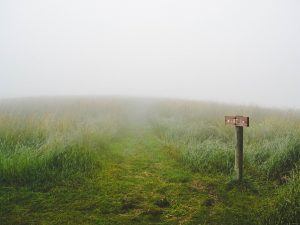
(As Seen on Marriage.com)
You’ve dressed for success with your partner, but they’re just not giving you the attention you desire.
What’s the matter? You wonder, “Have I lost my touch, lost my style, or worse, is there someone else?” It’s cold and dark outside; the season for a hug!
Yet, it appears that your partner isn’t feeling it. She’s isolating. He’s tired all the time. She’s grouchy. He’s overeating and gaining weight. She seems depressed. He seems depressed.
What happened to your fun- loving, energetic mate?
Could it be a seasonal affective disorder?
The Diagnostic and Statistical Manual for Mental Disorders (DSM) no longer has a specific diagnosis for SAD. Instead, the diagnosis is classified under Major Depression, or a Bipolar Disorder that is recurrent.
SAD is considered diagnosable when there are seasonal episodes of depression or Bipolar Disorder that occur at the same time of year, for at least two consecutive years.
Symptoms can vary from behavioral to mood changes
The symptoms include low energy, loss of interest in favorite activities, tiredness, changes in appetite, and social isolation.
These can include behavioral and mood changes that are not related to a particular situation or anniversary.
If your partner is experiencing depression with a seasonal pattern, what’s the treatment?
The prevailing theory is that lack of sunlight is the culprit, which affects melatonin production. The traditional therapy for SAD is a lightbox which can be purchased online or in retail stores.
Antidepressant medication may also reduce symptoms.
Being outdoors can combat depression
There is compelling evidence that being outdoors, specifically in nature, can boost energy and combat depression.
The Department of Environmental Conservation of New York state found that being outdoors in nature reduced stress, improved mood and increased energy levels (from Immerse yourself in a forest for better health, 2018).
The National Recreation and Parks Association found that spending time in green space improves mood and reduces stress (Wolf, 2017). Researchers at Stanford University found that walking in nature vs. an urban environment for 90 minutes, lowered brain activity in the area associated with depression (from Stanford News, 2015).
So getting outside and being in nature may reduce symptoms for people who have seasonal depression during fall, winter, spring or summer.
I rarely diagnose a seasonal pattern of depression myself.
Patients usually recognize it in themselves and suggest it to me
Through their observations over multiple years, they have noticed that a particular season affects them with a constellation of symptoms.
If you notice this pattern in your partner, ask if they are aware of it.
SAD is not just the winter or summer blues; rather, it is a diagnosable form of major depression.
It’s serious and it’s treatable. So, go ahead and put on that sexy teddy, boxers or cuddly pajamas. It may not be you, after all.




